The Men Who Brought Japanese Bikes to the Bike Boom Era
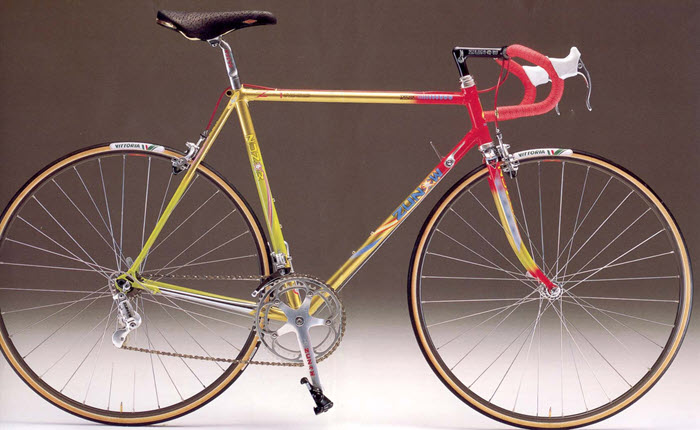
The 1970s bike boom saw a surge in demand for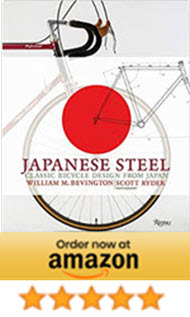 affordable, high-performance bicycles in the U.S. Amid declining European quality and rising costs, visionary importers turned to Japan-a decision that reshaped the cycling industry. This article explores the pioneers who introduced Japanese bikes to America, leveraging Japan’s manufacturing prowess to create iconic brands like Nishiki, Univega, and Centurion.
affordable, high-performance bicycles in the U.S. Amid declining European quality and rising costs, visionary importers turned to Japan-a decision that reshaped the cycling industry. This article explores the pioneers who introduced Japanese bikes to America, leveraging Japan’s manufacturing prowess to create iconic brands like Nishiki, Univega, and Centurion.
Howie Cohen: West Coast Cycle and the Birth of Nishiki
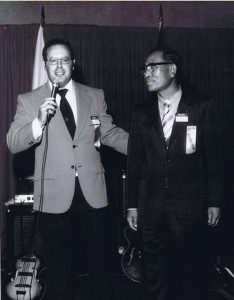
Howie Cohen, a second-generation bike entrepreneur, pioneered the import of premium Japanese bikes during the bike boom. Frustrated by Europe’s inconsistent quality, Cohen partnered with Kawamura Cycles in Japan to produce the first high-end Japanese bicycles for the U.S. market.
Key Contributions:
-
Launched the American Eagle brand in 1966, later rebranded as Nishiki (meaning “wedding kimono brocade”) to capitalize on Japan’s reputation for precision.
-
Collaborated with Japanese manufacturers like Shimano and Sugino to develop durable components, setting new standards for affordability and quality.
-
Later pivoted to BMX, supplying parts for Spielberg’s E.T. and popularizing brands like Kuwahara.
Cohen’s work laid the foundation for Japan’s dominance in the global cycling industry.
Ben Lawee: From Motobecane to Univega
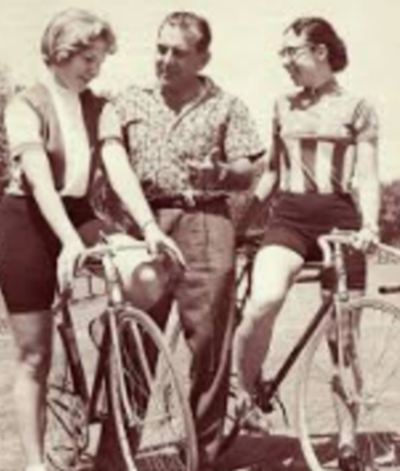
Ben Lawee, a New York immigrant and cycling visionary, recognized the potential of Japanese bikes early. After distributing European brands like Motobecane, he shifted focus to Japan to address supply chain issues and rising costs.
Key Contributions:
-
Created Italvega (Italian-made) but transitioned to Univega after partnering with Miyata in Japan, blending Italian design with Japanese craftsmanship.
-
Introduced innovative color schemes and component choices (e.g., Suntour derailleurs) that made Univega bikes stand out in the mid-price market.
-
Launched the Alpina Sport, one of the first mass-produced mountain bikes, rivaling Specialized’s Stumpjumper.
Lawee’s emphasis on value and aesthetics helped Japanese bikes compete with European rivals.
Sid and Ernst Star: Crafting Lotus Bikes

Sid Star and his son Ernst elevated Japanese bikes through their brand Lotus. Dissatisfied with Mexican manufacturing, they partnered with Japan’s Tsunoda factory to produce lightweight, durable frames.
Key Innovations:
-
Designed the Lotus Odyssey touring bike with Columbus tubing and brazed-on fittings, ideal for long-distance cycling.
-
Collaborated with Cinelli to create high-end road bikes like the Cinelli-designed Lotus, featuring Campagnolo components.
-
Expanded into BMX with the Cobra series, appealing to younger riders during the bike boom.
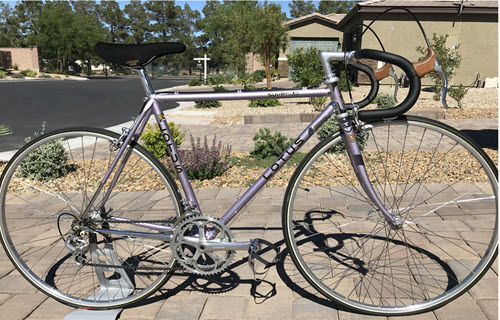
Despite financial hurdles, Lotus became synonymous with innovation in Japanese bikes.
Mitchell Weiner: Centurion and the Shift to Taiwan
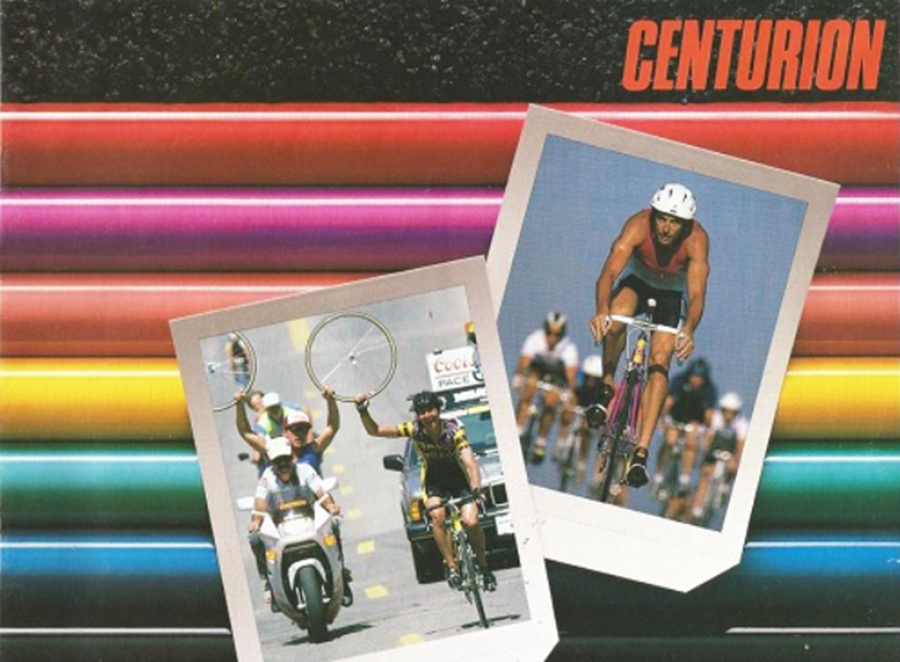
Mitchell Weiner, a Romanian immigrant, stumbled into the bike industry after Raleigh canceled a large order. He rebranded the surplus bikes as Centurion, named after the novel The New Centurions.
Key Achievements:
-
Partnered with Japan’s H. Tano factory to produce Centurion’s early models, praised for their reliability and low maintenance.
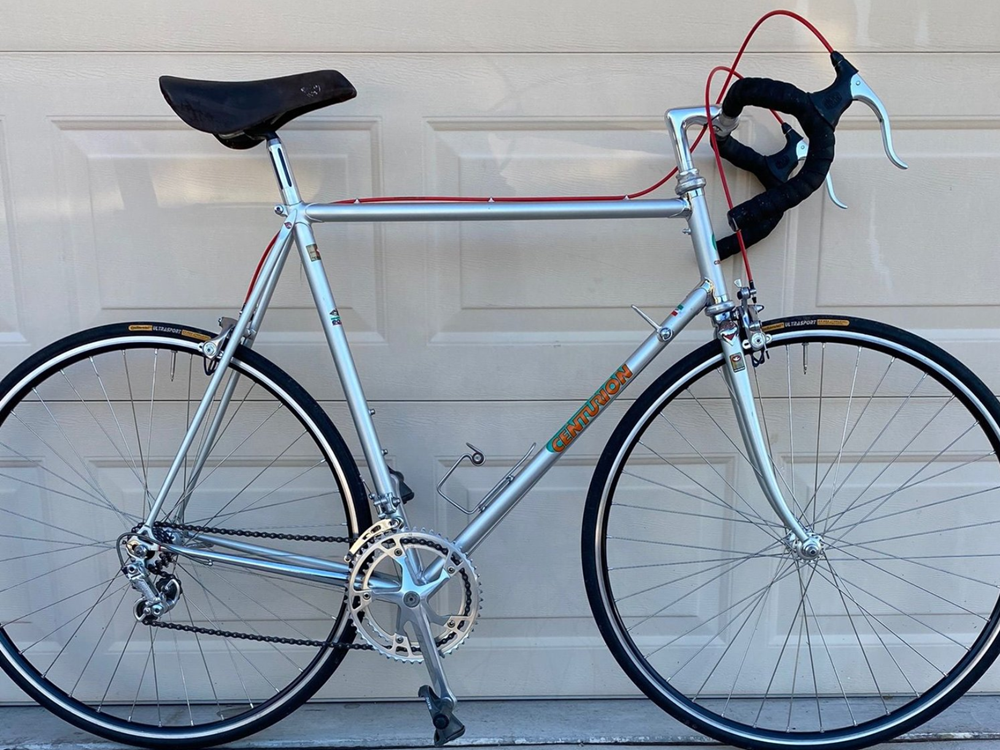
-
Launched the Centurion Cinelli Equipe (1985), a rare Italian-Japanese hybrid now highly collectible.
-
Pivoted to Taiwanese manufacturing in the 1980s as yen fluctuations made Japanese production costly.
Weiner’s adaptability kept Centurion relevant despite economic challenges.
Why Japanese Bikes Dominated the Bike Boom
| Factor | Impact on Success | Example Brands |
| Cost Efficiency | Lower production costs vs. Europe | Nishiki, Univega |
| Quality Control | Precision engineering and durable components | Centurion, Lotus |
| Innovation | Hybrid designs (Italian/Japanese) | Centurion Cinelli Equipe |
| Market Timing | Rising demand for affordable performance | Nishiki Olympic, Univega Alpina |
Legacy of Japanese Bikes Today
Though the 1980s yen crisis shifted production to Taiwan and China, Japanese bikes from the bike boom remain cherished by collectors. Brands like Nishiki and Centurion symbolize a golden era of innovation, blending Japanese craftsmanship with global design.
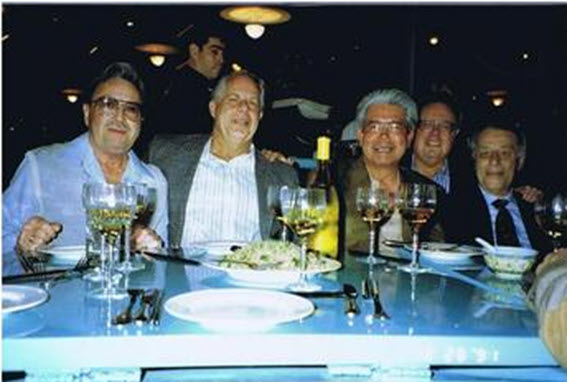
By honoring these pioneers, we celebrate how Japanese bikes transformed cycling from a niche hobby into a global phenomenon.
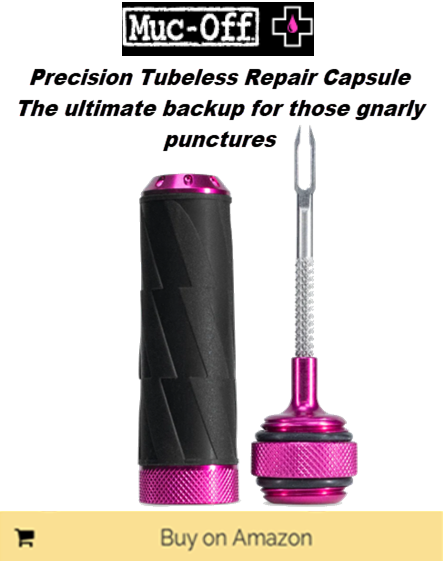 |
 |
We are an Amazon affiliate and earn from qualified Amazon purchases with no cost to you. This includes ANY item you purchase through our links.
If you enjoyed learning about this week’s featured bicycle, don’t miss out on some cycling information you can use and enjoy! Visit our website at pacelinebikes.com Plus, check out our YouTube channel, Bicycle Restoration Man, for detailed restoration videos and showcases of our finished projects. Subscribe and join our community of bike enthusiasts!
